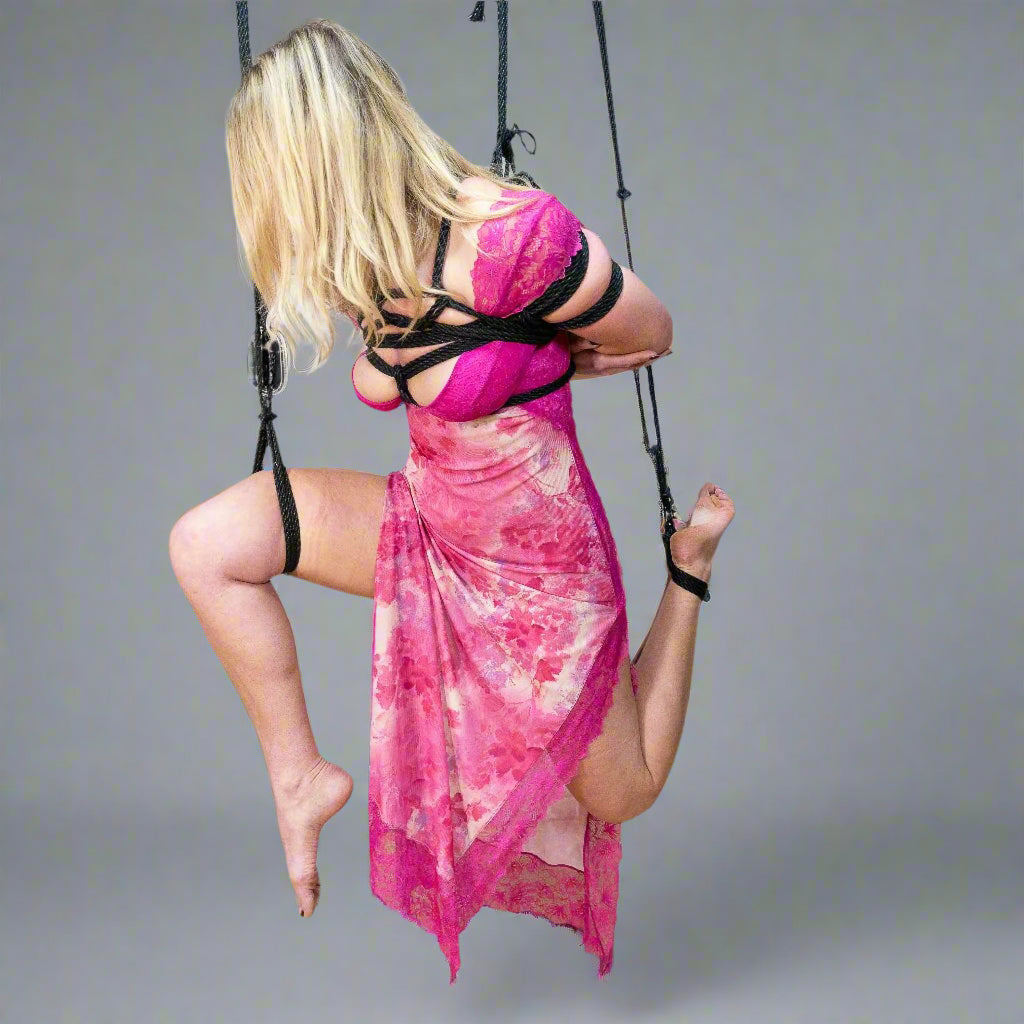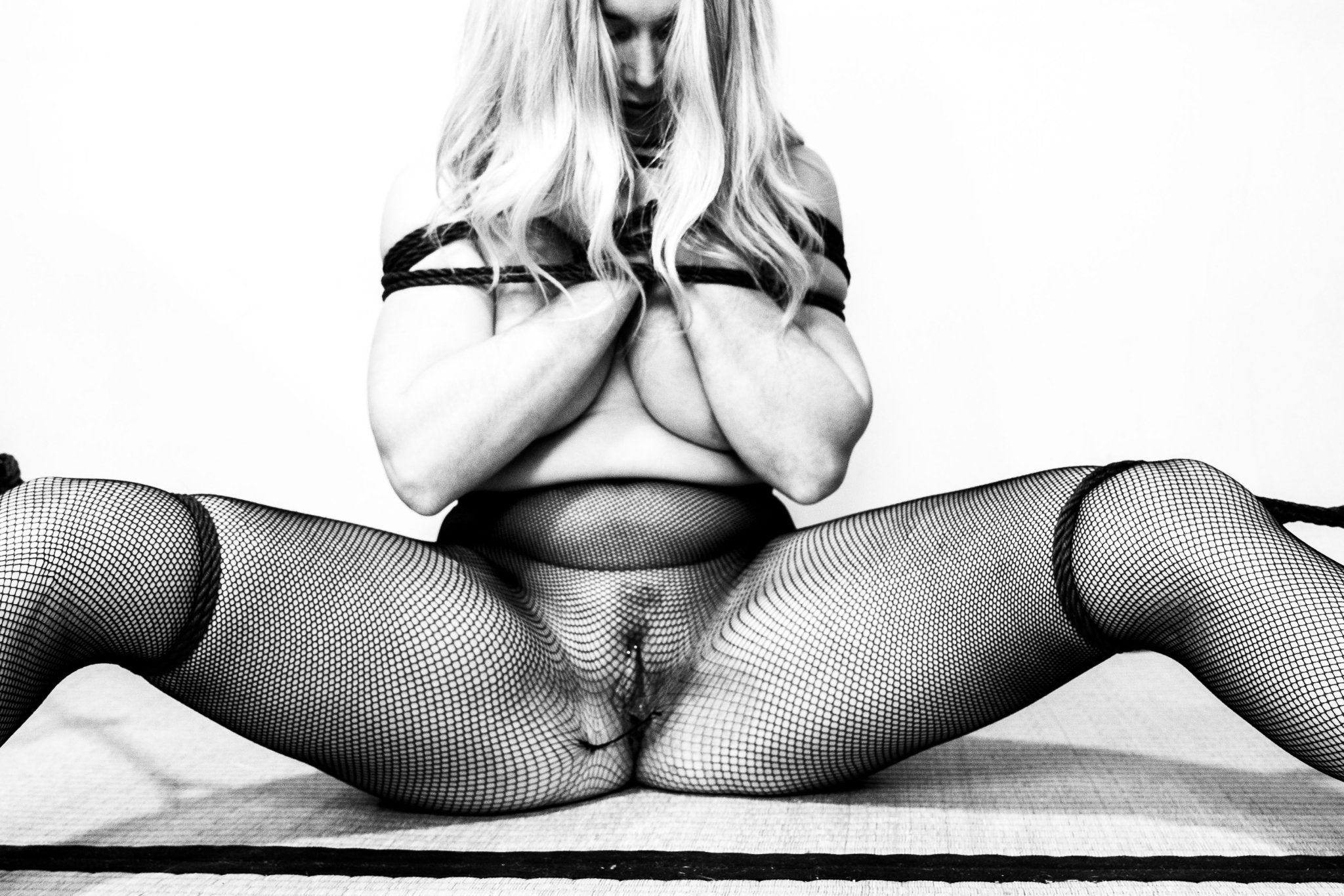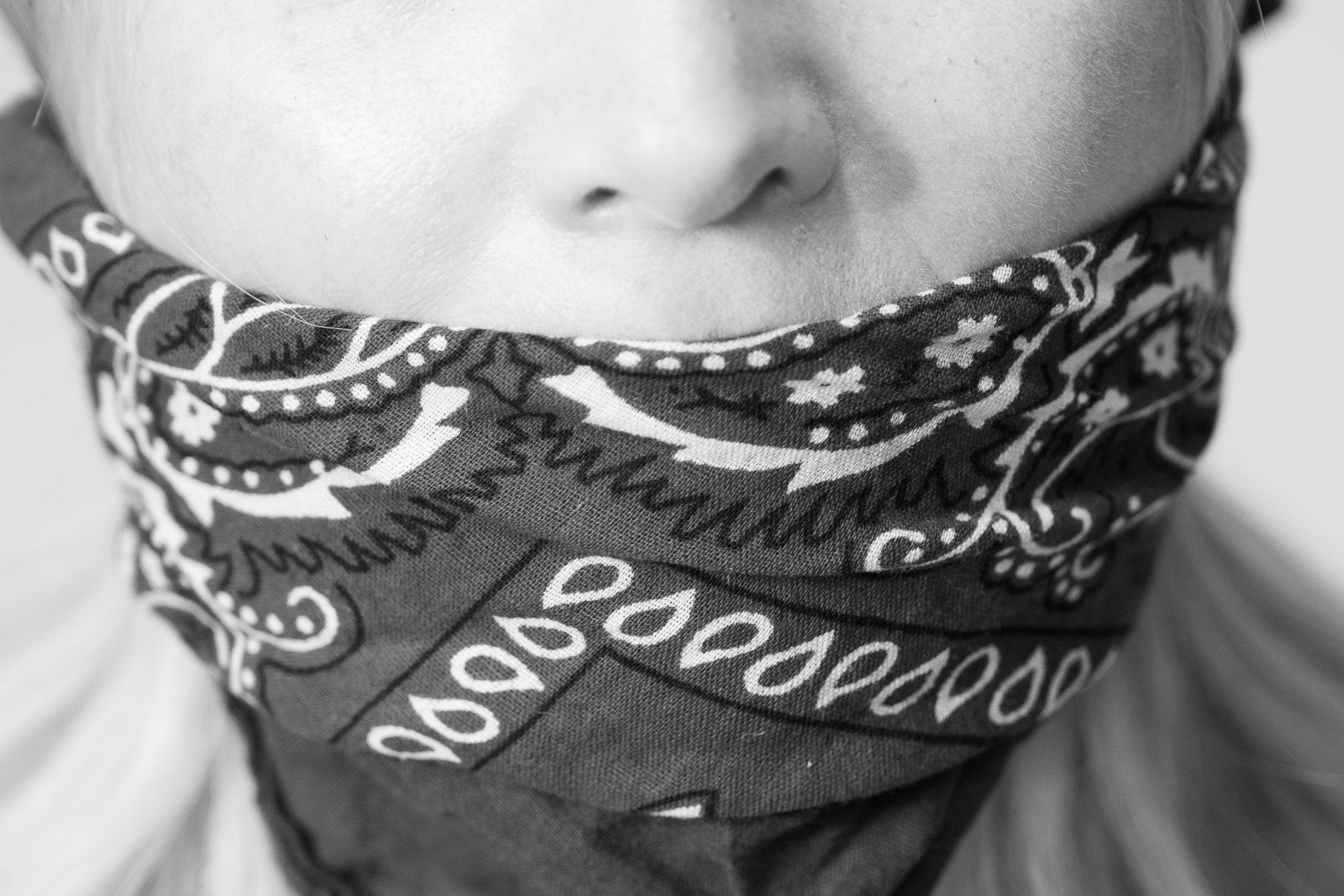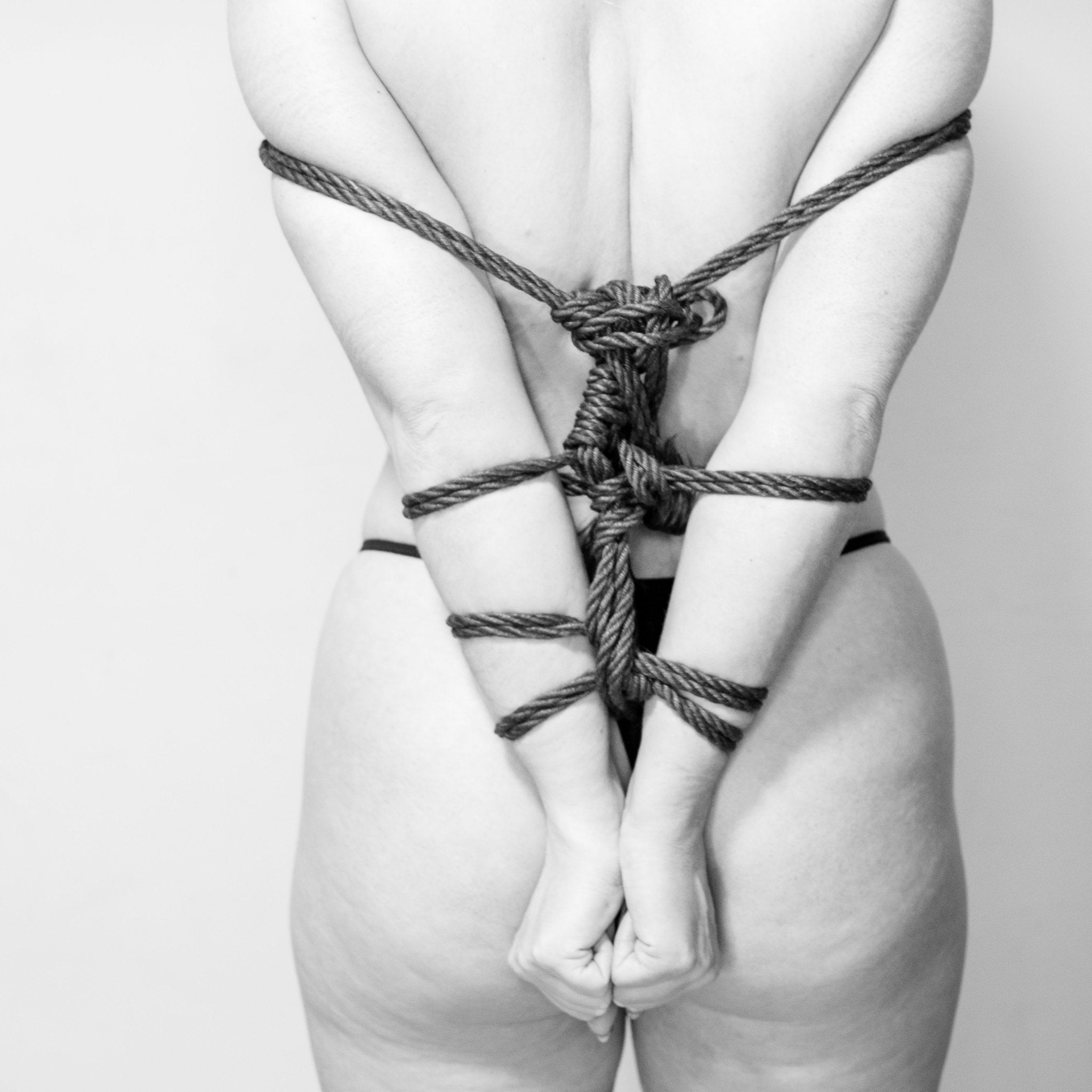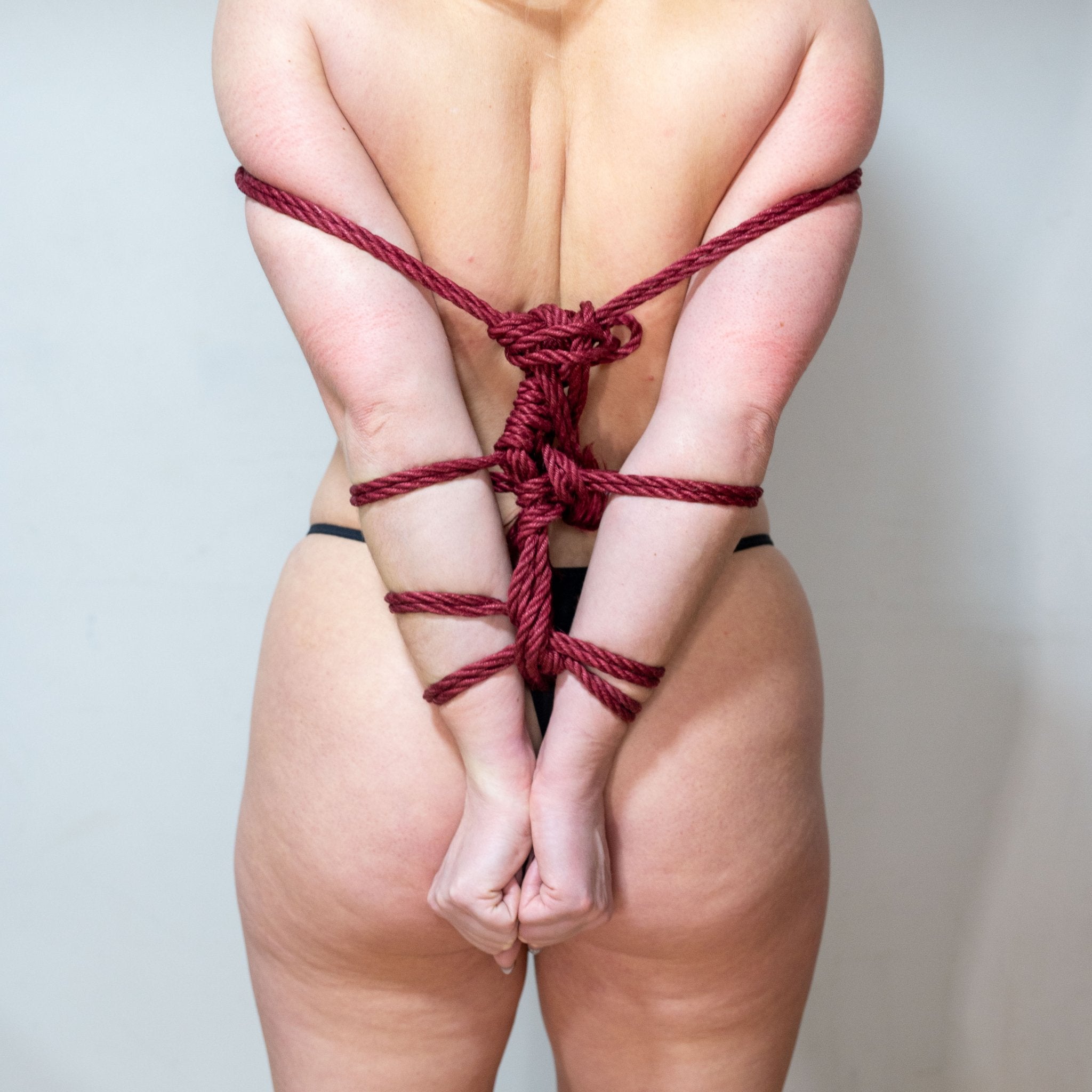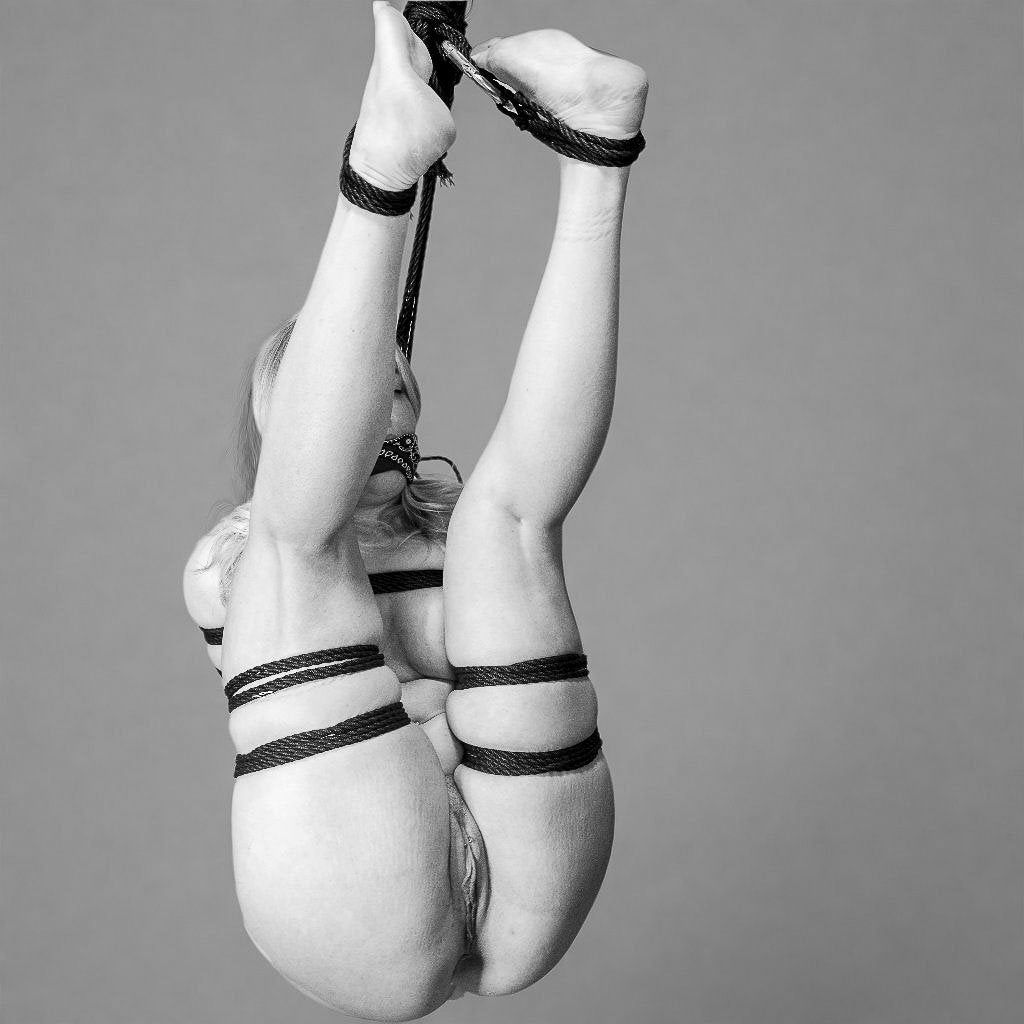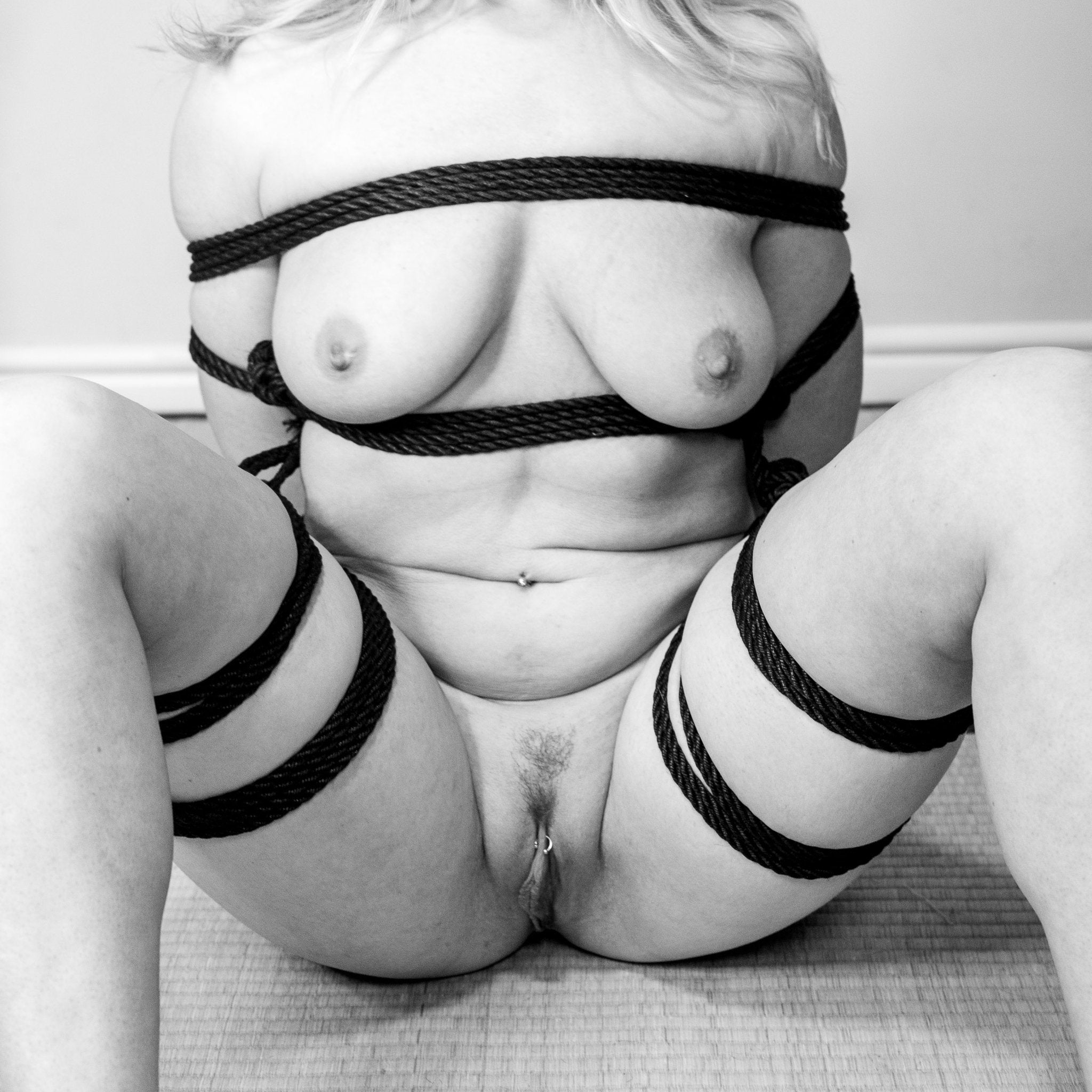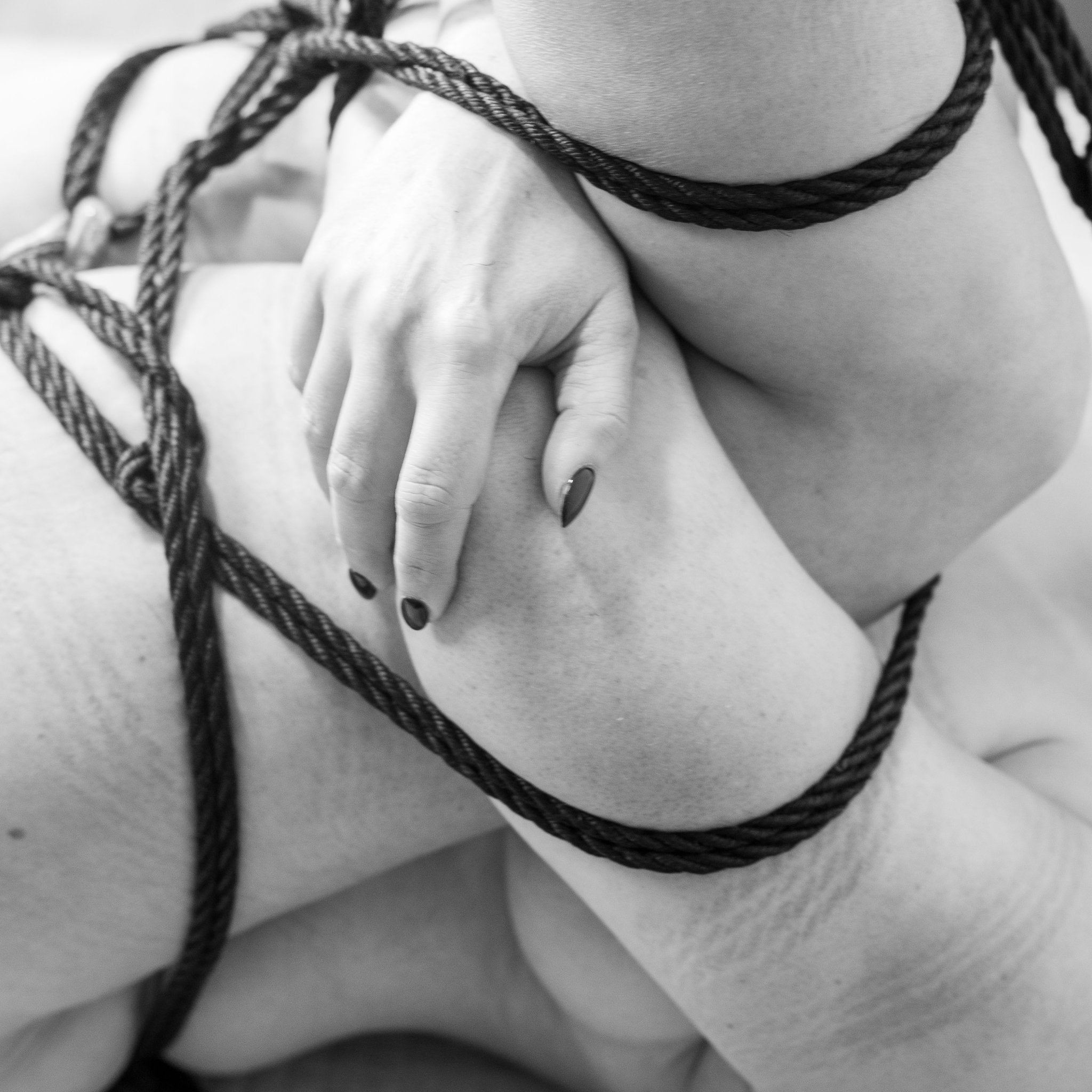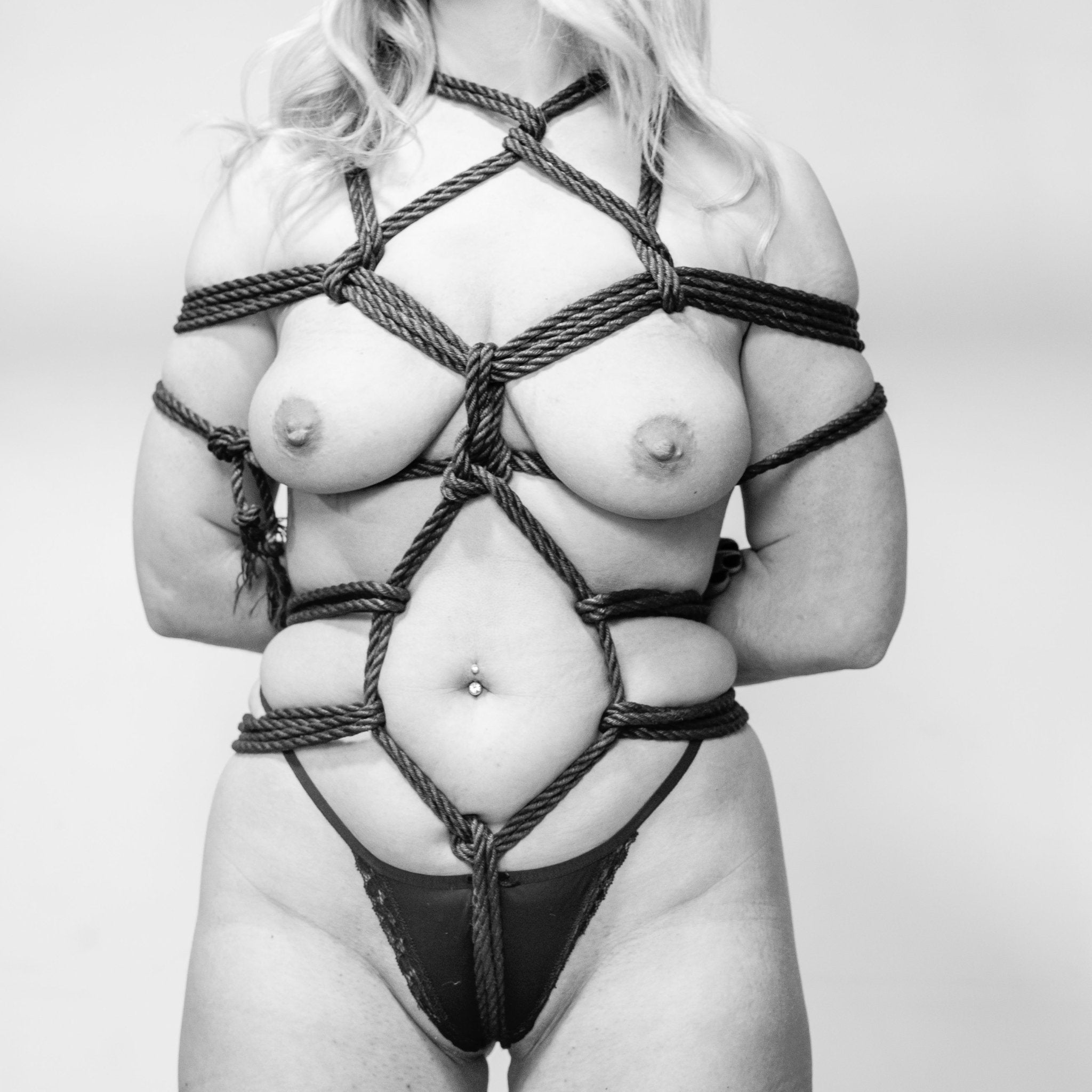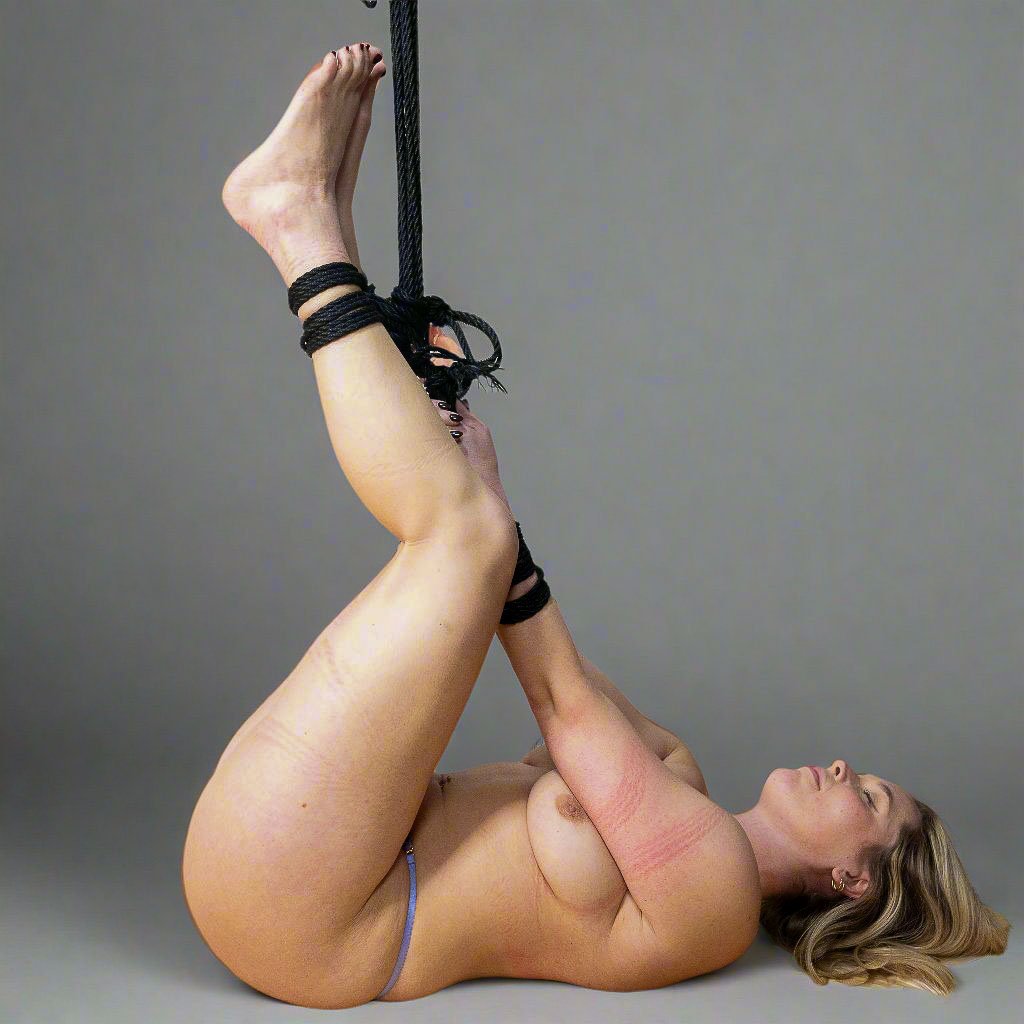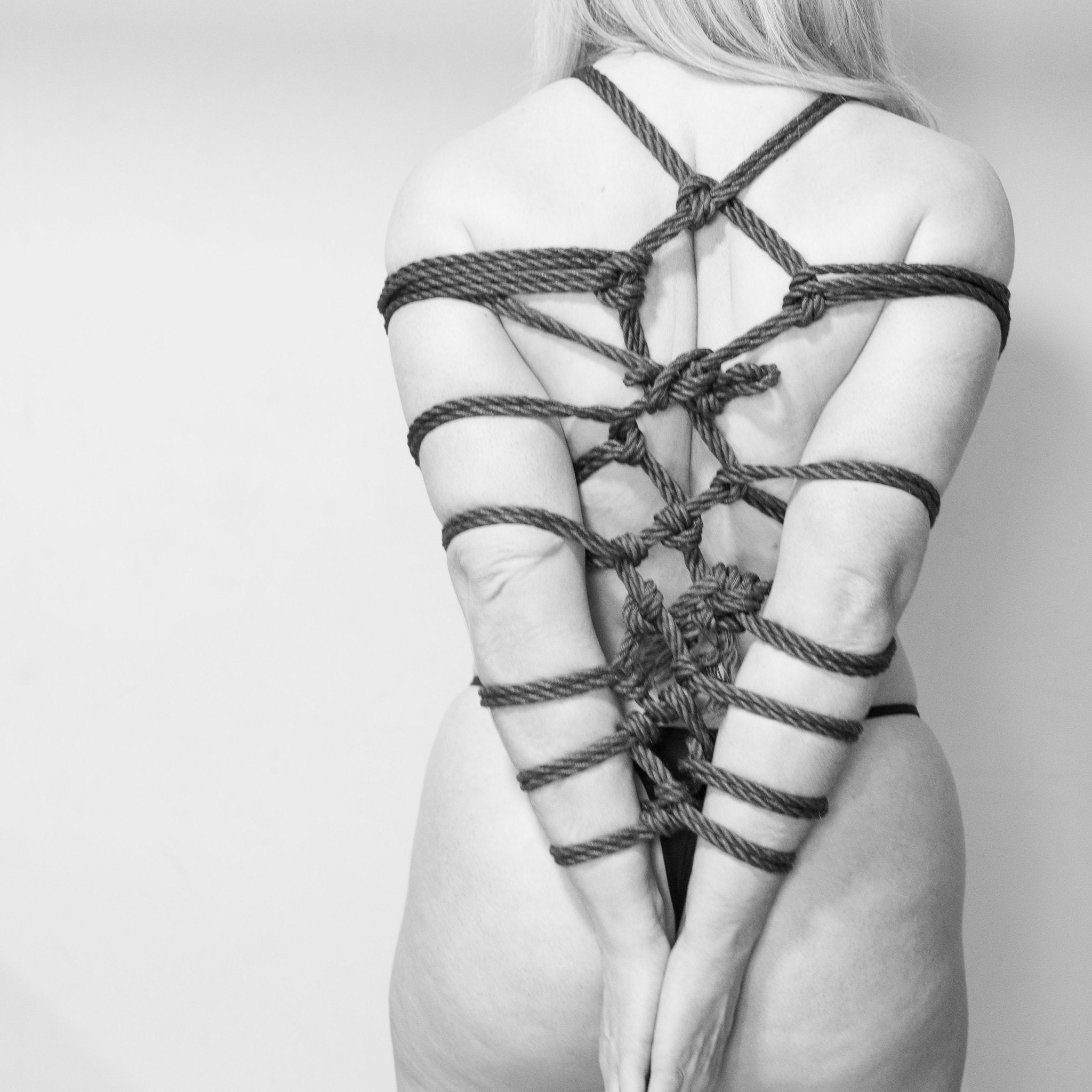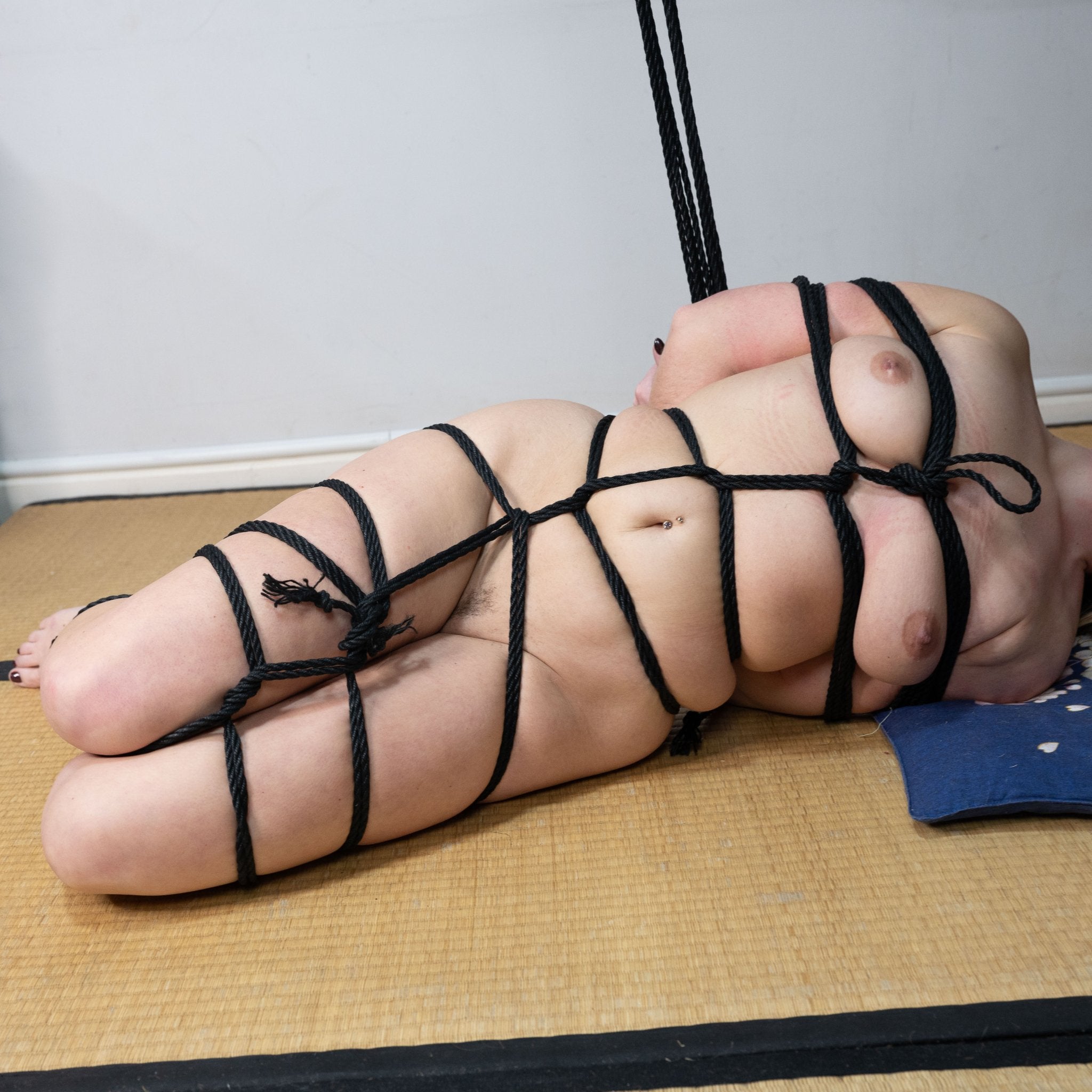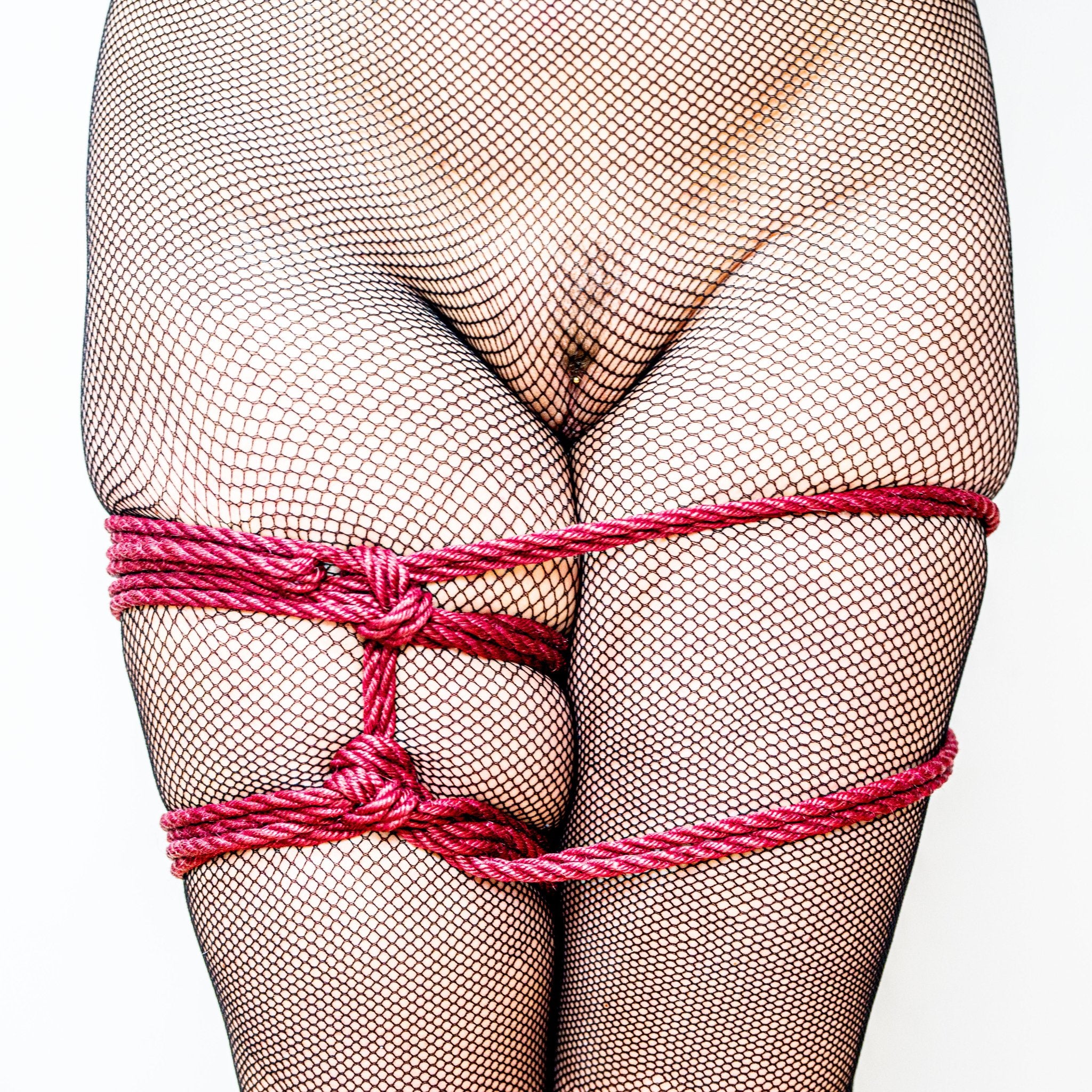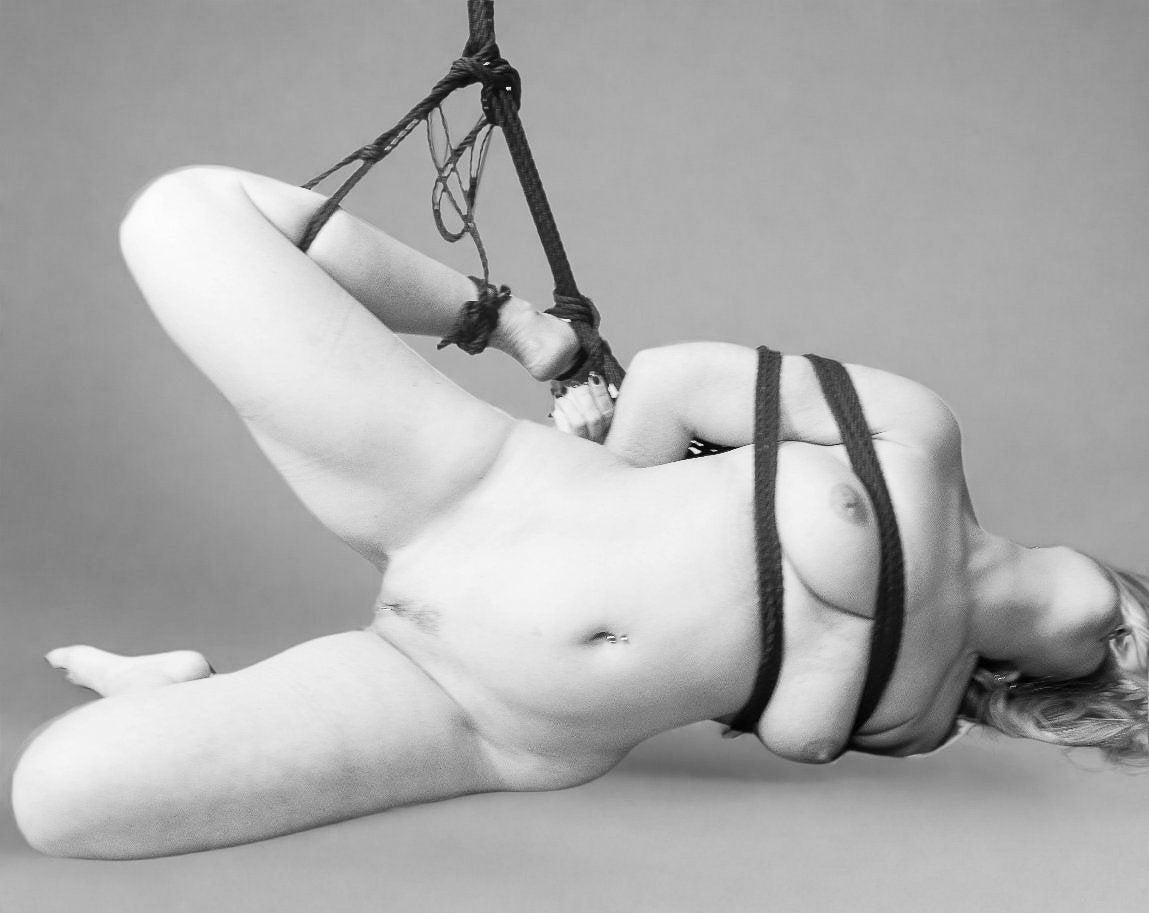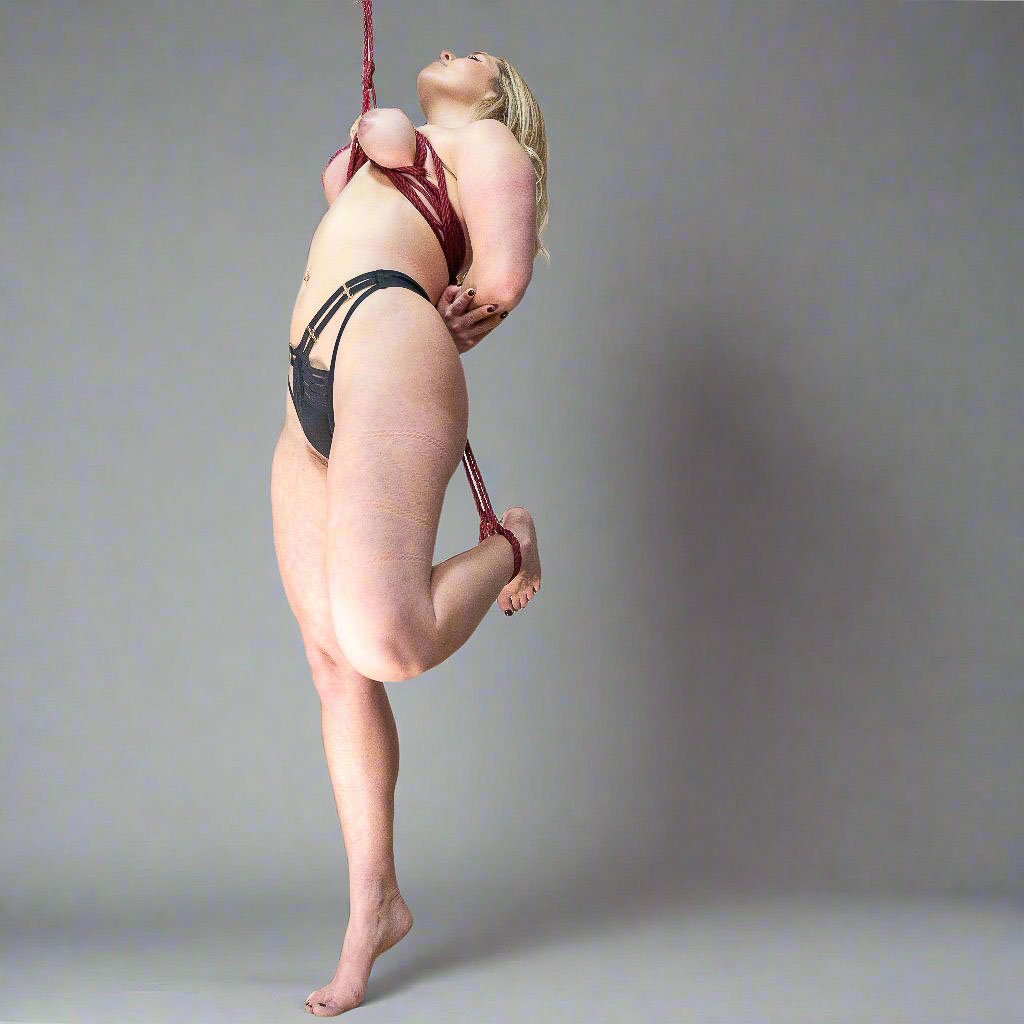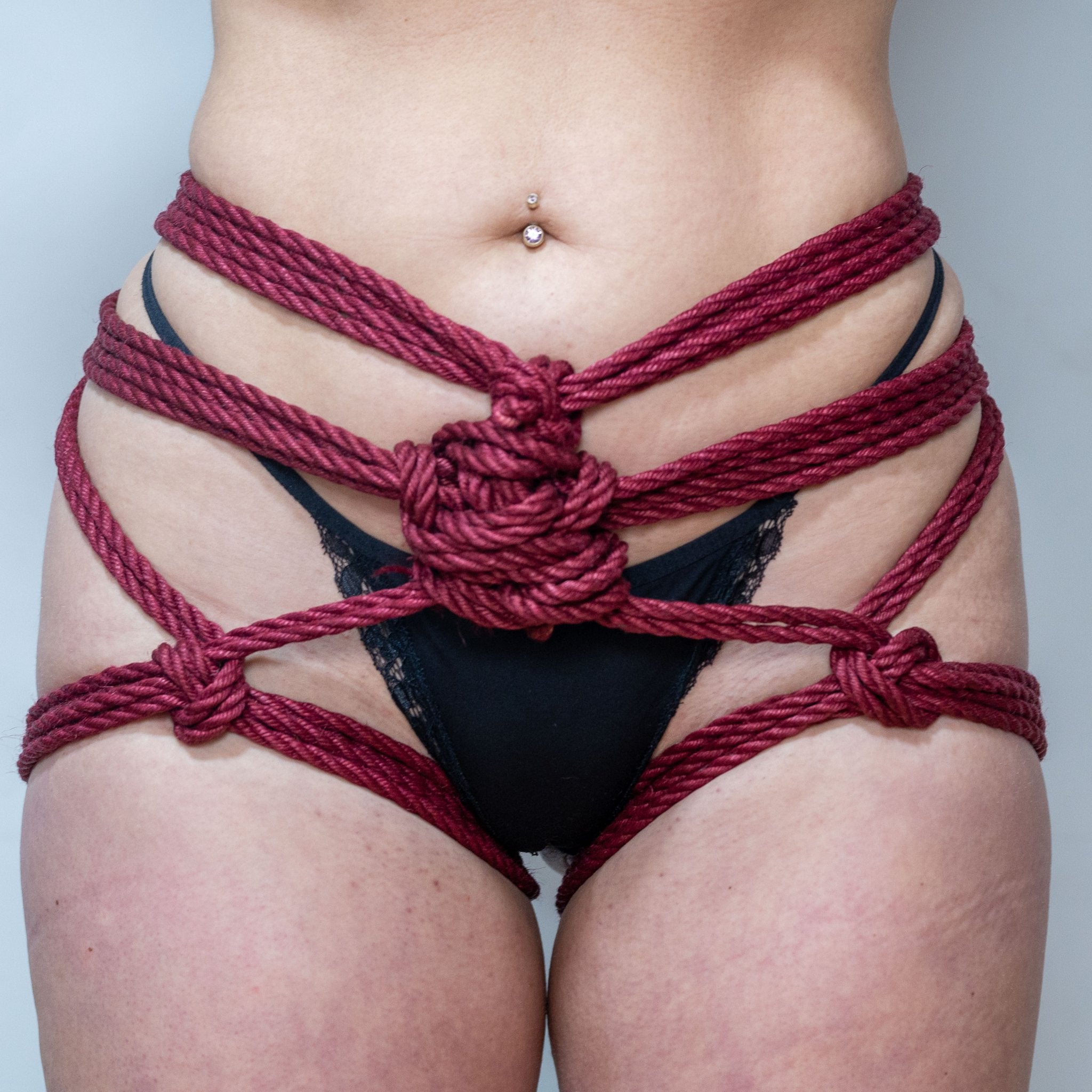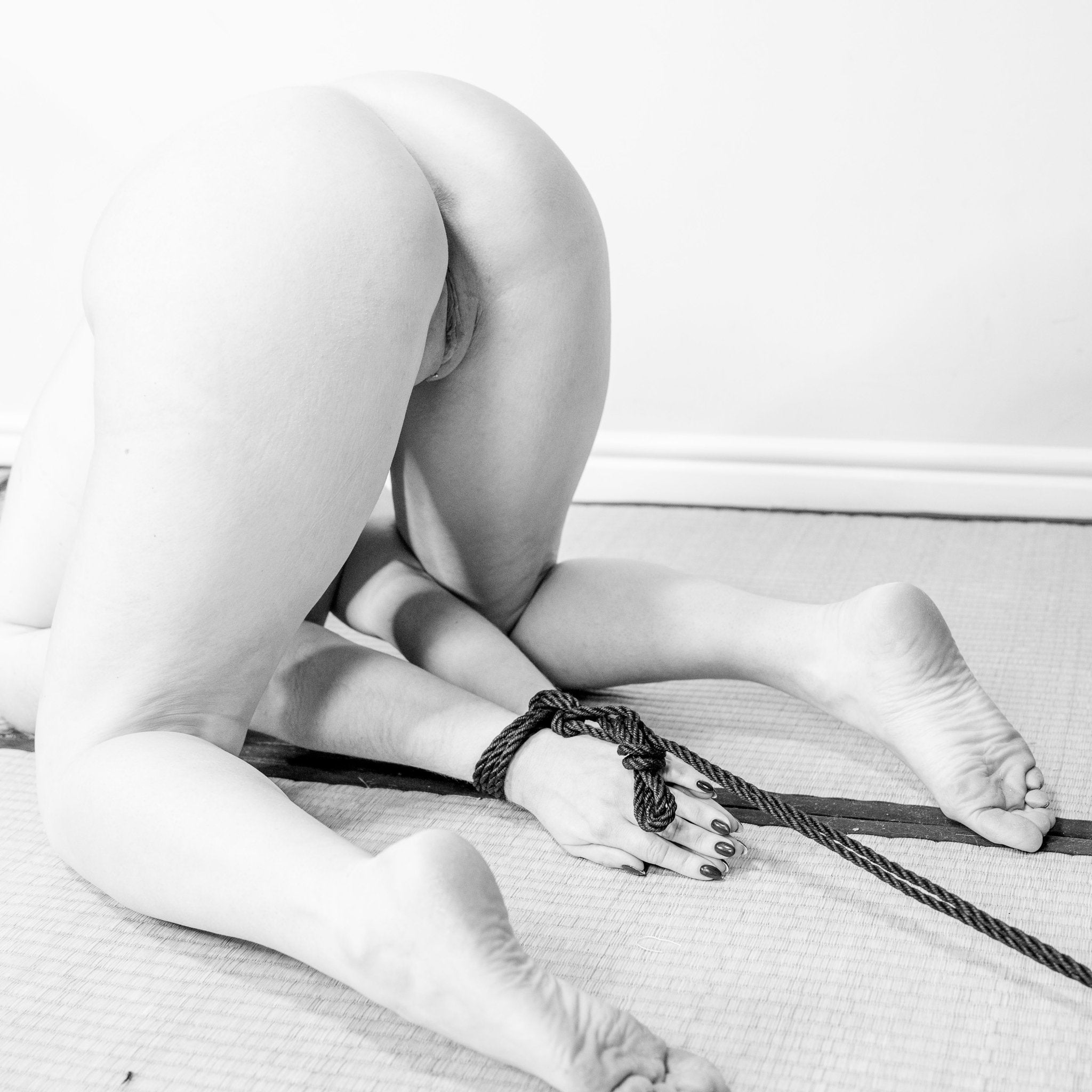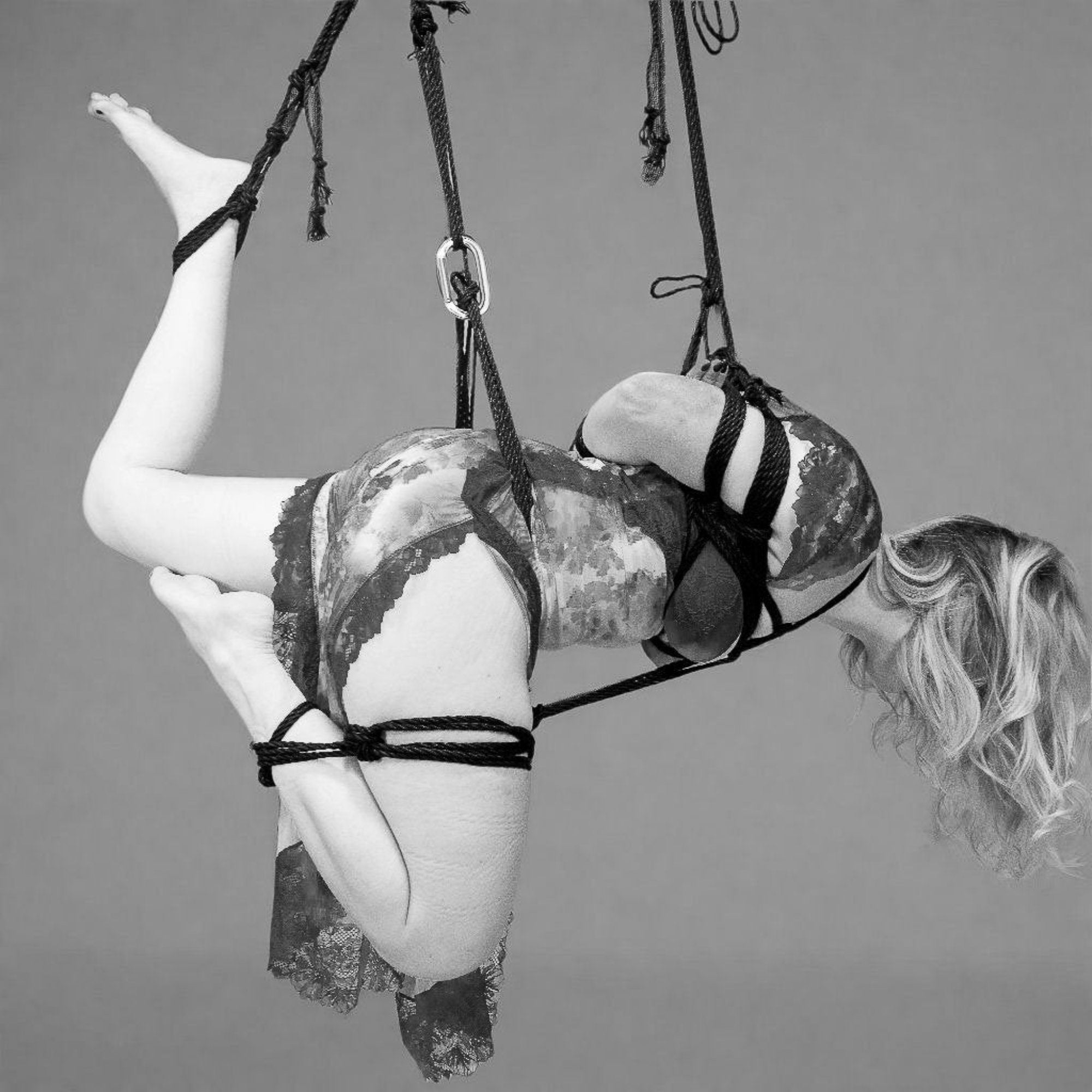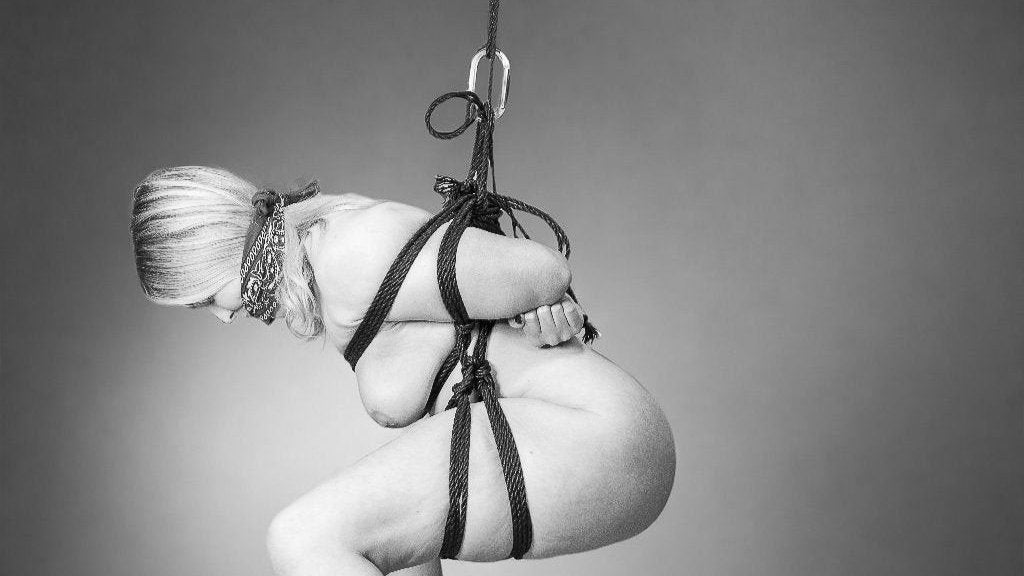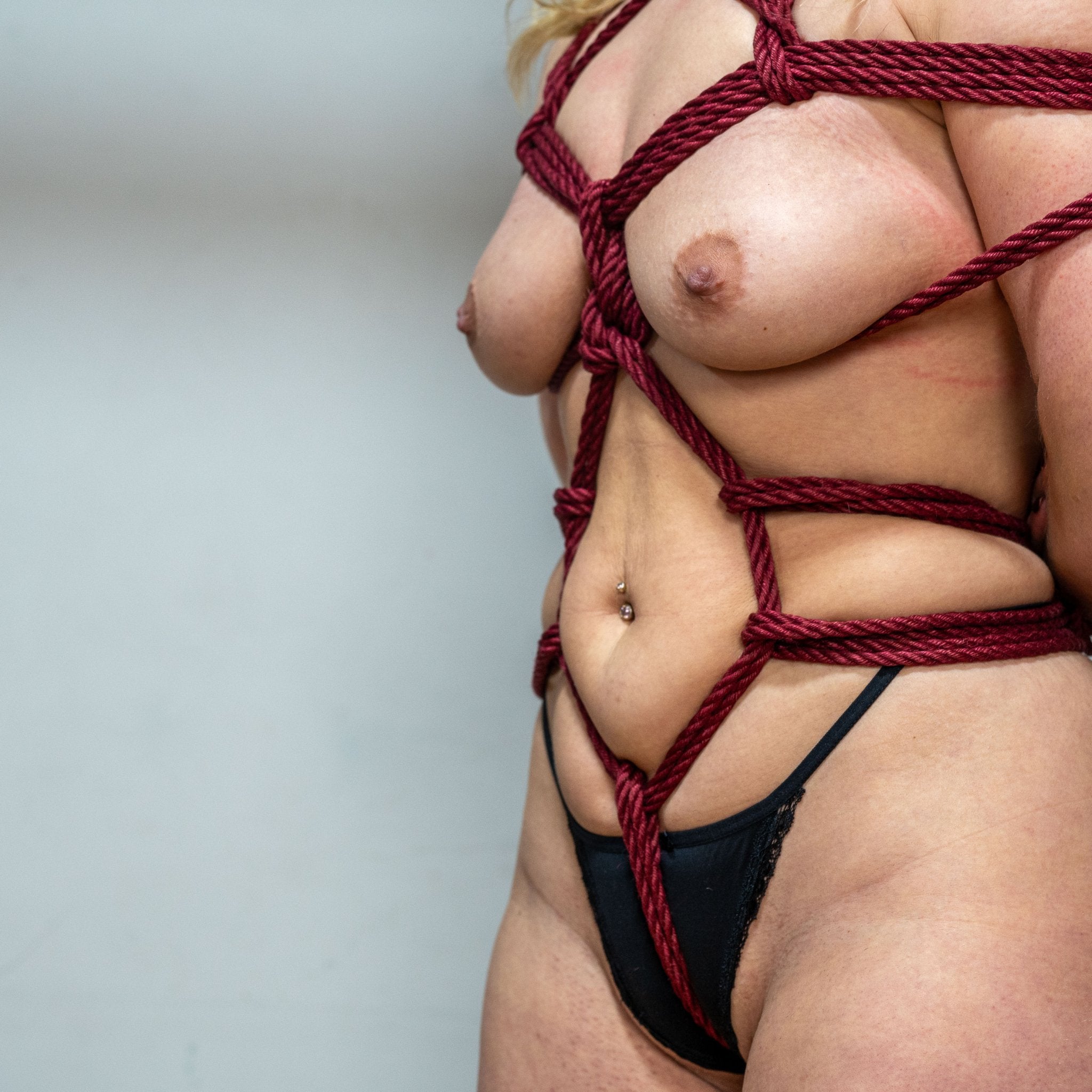Rope Diamater
Most Shibari Ropes are 5-6mm thick, but other sizes are used
3mm-5mm Ropes
Use:
These ropes are used for decorative ties, and fine detail work. They are often the go to choice for cbt (cock and ball torture/ties).
Things to think about:
Thinner ropes apply all their pressure to a smaller area and so can cut in - they should not be used over areas where the nerves are particularly exposed. When using thin ropes consider materials such as bamboo which is softer and likely to be more comfortable.
5mm-6mm Ropes
Use:
These are the main ropes used for body ties in Shibari. This size is a good balance between strength and flexibility without creating knots that are too bulky. The thicker a rope is the stronger it is, and so 5mm ropes tend to only be used for floor work. Natural fibre ropes thin with age, and so ropes sold as 6mm are often a little bit bigger when brought and thin down to 6mm. When ropes become too thin they should no longer be used for suspensions.
Things to think about:
Choose the Right Thickness for Optimal Performance and Comfort - Thicker ropes spread the pressure of the rope better, so a 6mm rope is likely to be more comfortable than a 5mm rope, however the thicker the rope the bulky the knot is which can create unwanted pressure!
Getting the right thickness rope is a balancing act. For this reason when people are doing floor work they tend to go for a thinner 5mm-5.5mm rope, and when doing suspension use a 5.5mm-6mm rope.
7mm-8mm Ropes
Use:

Some people use these ropes for up-lines when doing suspensions or to set up hard points. The extra size of these ropes give them a far better weight capacity, however because they are thicker they tend to be harder to tie with and create far more bulky knots and so are not generally considered suitable for body ties. An alternative to using thick ropes for up-lines and hard points is using a synthetic rope which has a far higher weight rating than a natural fibre rope.
Things to think about:
Some people enjoy the aesthetic of having thicker ropes for up-lines and hard-points, but others find the contrast off putting and the extra bulk of knots challenging.
Rope thinning / when to retire an old rope.
How and Why rope thins
When rope rubs against itself or something else it sheds fibres. This thins and weakens the rope, and as it does so it makes the rope lay looser.
Inspect Rope
Rope should regularly be inspected for signs of thinning and damage. When rope becomes thin it should only be used for floor work where a rope snapping will not put someone in danger.
Example of Rope thinning
One way of simulating this process is ‘breaking a rope’ - which some people use as a method for treating ropes.

 You can see that the side that has been 'broken' on the right is thinning and the rope lay is significantly looser.
You can see that the side that has been 'broken' on the right is thinning and the rope lay is significantly looser. The rope started as 6mm


Friction is the Enemy! One of the ways of reducing the friction that your ropes come under is using a rope oil or paste to protect them.
